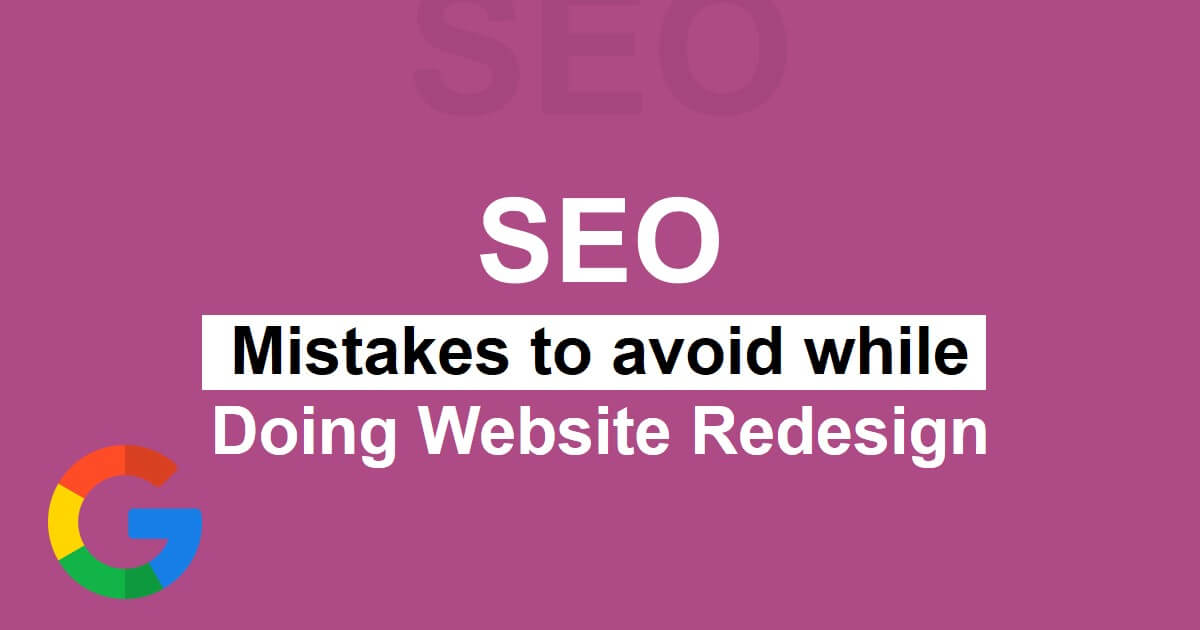
Keeping your website optimized for search engines like Google is important in the ever-changing world of digital marketing. But what happens when you decide it’s time for a website redesign or a complete overhaul? This guide from i-engage is here to help you navigate the potential pitfalls and avoid an SEO disaster during your website redesign journey.
Before you dive headfirst into the redesign process, it’s essential to understand the potential impact on your site’s SEO. With the right guidance and proper planning, you can avoid such catastrophes and ensure a smooth transition while maintaining or even improving your site’s SEO performance.
Common Causes of SEO Declines After a Website Redesign
Let’s start by exploring some common culprits behind SEO declines following a website redesign:
1. Domain Change
Changing your website’s domain name can have significant consequences for your SEO. Google may have little to no history with the new domain, potentially wiping out any SEO progress you’ve made with the old domain. It’s best to avoid changing your domain name if possible to prevent such setbacks.
2. New URLs and Missing 301 Redirects
During a website redesign, it’s common for URLs to change. However, failing to set up proper 301 redirects can result in lost organic rankings and traffic. Properly redirecting old URLs to their new counterparts is crucial to ensure a seamless transition for both users and search engines.
3. Page Content Changes
Restructuring and rewriting content as part of a website redesign can lead to shifts in relevance and subsequent changes in rank positions. While some content changes may be necessary to improve your site’s effectiveness, drastic alterations can result in volatility in keyword rankings.
4. Unintentional Website Performance Changes
Website performance, including factors like Core Web Vitals and page speed, plays a significant role in SEO. Design elements and features added during a redesign may negatively impact your site’s performance, affecting its ability to rank well in search engine results.
5. Unintentionally Blocking Crawlers
Creating a staging environment to design and test your new website is a common practice. However, failing to prevent Googlebot from crawling and indexing the testing environment can have detrimental effects on your site’s SEO. Blocking crawlers via robots.txt or implementing a noindex meta tag is essential to avoid such issues.
Optimizing Content for Google Discover
One aspect of SEO often overlooked during website redesigns is optimizing content for platforms like Google Discover. Google Discover presents a unique opportunity for brands to connect with users before they even search, making it a valuable channel for driving organic traffic. To optimize your content for Google Discover, consider the following strategies:
1. Focus on High-Quality Content
Creating engaging and informative content that aligns with your audience’s interests is key to success on Google Discover. Ensure your content provides value and addresses the needs and interests of your target audience.
2. Make Timeliness a Priority
Google Discover favors fresh and timely content. Regularly updating your site with new content and staying current with industry trends can increase your chances of appearing on Discover.
3. Engage with Visuals
Incorporating compelling images and videos that relate to your content can enhance its visibility on Google Discover. Visual content is more likely to catch the user’s eye and encourage engagement.
4. Understand Your Audience
Tailor your content to match the interests and preferences of your target audience. The more aligned your content is with what your audience cares about, the better it will perform on Google Discover.
Measuring Performance and Analytics
Measuring performance and analytics on Google Discover is not just important; it’s absolutely critical for refining your overall strategy and ensuring that your content is optimized effectively to reach its maximum potential audience. This involves more than just glancing at a few numbers, it’s about delving deep into various metrics, meticulously analyzing trends, and extracting actionable insights that can drive meaningful improvements.
By closely monitoring metrics such as impressions, clicks, click-through rates, and engagement metrics like likes, shares, and comments, you can gain a comprehensive understanding of how your content is performing and how users are interacting with it. Armed with this valuable data, you can then make informed decisions to fine-tune your content strategy, optimize your content for better visibility, and ultimately boost your engagement on the platform. In essence, it’s about leveraging data-driven insights to continuously refine and enhance your approach, ensuring that you stay ahead of the curve and maximize your success on Google Discover.
Ensuring SEO Excellence Through Website Redesigns
Ensuring SEO excellence through website redesigns requires careful navigation of both opportunities and challenges. By remaining cognizant of potential pitfalls and adhering to best practices for optimization, you can facilitate a seamless transition while preserving or enhancing your site’s SEO performance. With the guidance and expertise of i-engage, you can confidently navigate the redesign process and emerge with a website that not only boasts an appealing aesthetic but also excels in search engine results. Let i-engage assist you in achieving SEO success through your website redesign journey.






